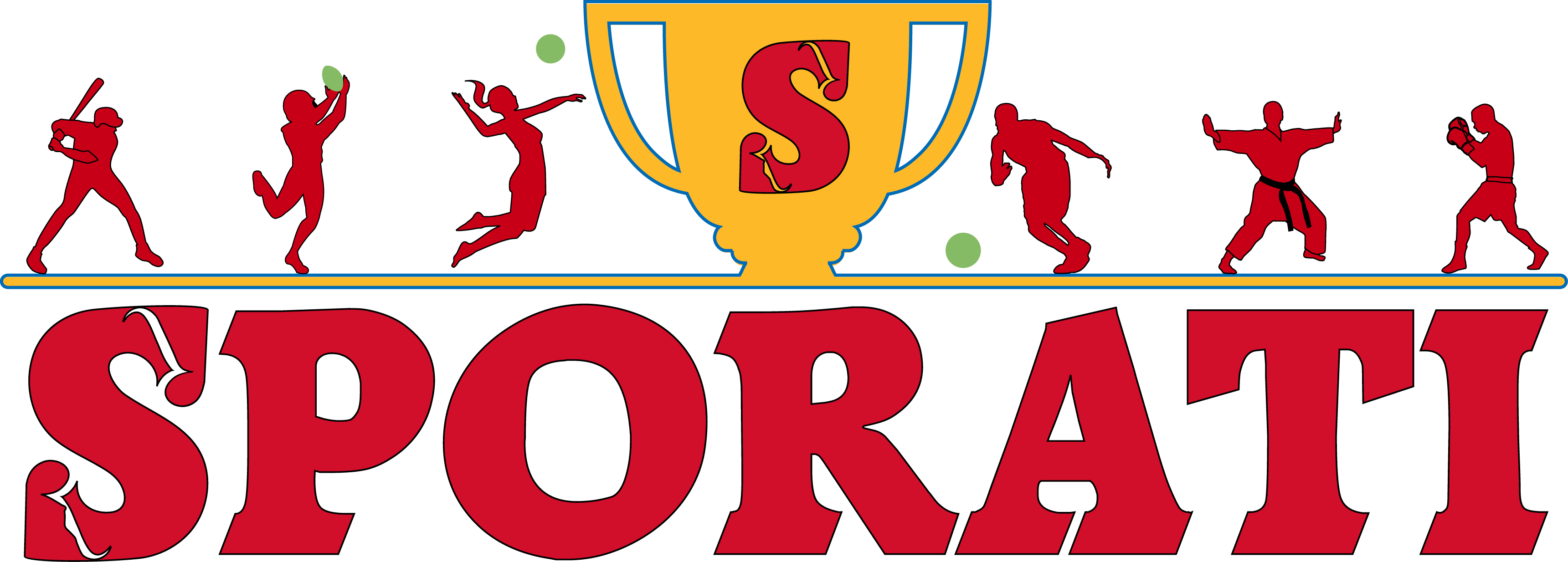Minimalist Tech Ignites Style in 2026 Winter Olympic Torch Design
2026 Olympic Torch Design
There’s something undeniably magical about watching the Olympic torch being carried through bustling city streets and along winding mountain passes, as it makes its time-honored journey to the Opening Ceremony. It’s more than a symbol of competitive spiritit’s a beacon of hope, unity, and passion that spans generations and continents. And come 2026, when the Winter Olympics are held in Italy’s elegant blend of Milan and snowy Cortina d’Ampezzo, the torch might just steal the scene before the games ever begin.
A Flame with Italian Flair
The recent reveal of the 2026 Olympic torch has caught the design world’s attention. Developed by the talent at Design Group Italia, the torch is an exercise in visual poetrypart fashion runway, part industrial ingenuity. It doesn’t scream for attention; it whispers confidence.
Eschewing the flamboyance of torches past, this iteration embraces a subtle, minimalist aesthetic. But don’t mistake simplicity for dullness. With its sleek curves and silvery matte finish, the 2026 torch looks just as at home in Milan’s high fashion district as it does braving the alpine elements of Cortina. Quite fitting, actually.
Form Meets Function (with a Side of Fire)
Let’s face it, designing a torch is no easy feat. It’s got to be light enough for everyonefrom 16-year-old snowboard phenoms to retired luging championsto carry with ease, but robust enough to withstand winter winds, snow flurries, and the occasional champagne spray from a victory podium.
The 2026 torch checks all the boxes. It weighs in at a manageable 1.2 kg (about 2.6 pounds), and its 70 cm (roughly 28-inch) brushed aluminum body integrates clean geometric forms inspired by both the Dolomites’ icy peaks and Milan’s architectural lines.
“The inspiration behind the torch is the contrast and duality between the cities of Milan and Cortina,” said Andrea Ciufo, lead designer. “Urban and natural. Elegant and raw. Manmade and elemental.”
The result? A torch that’s not just a vessel for flameit’s a tale of two cities rendered in metal and fire.
Igniting Sustainability
In keeping with the growing emphasis on environmental awareness at international sporting events, the 2026 torch brings sustainability to center stage. It’s being described as the most sustainable torch in Olympic history.
Instead of relying on single-use materials or resource-heavy manufacturing, the torch is made with recycled aluminuma nod to Italy’s rich design heritage and a commitment to eco-conscious practices. The flame, too, is expected to be powered by a low-emission gas blend, underlining the Olympic committee’s pledge to reduce the carbon footprint of the Games.
Design That Reflects a Nation
The torch isn’t burdened with logos or unnecessary branding. Instead, it lets the design speak for itselfsophisticated and modern, yet reverent of tradition. Its crystalline symmetry pays homage to snowflakes, mountains, and the art of Italian craftsmanship.
The handle, subtly contoured for grip and comfort, features a small emblem bearing the co-host citiesa quiet, respectful nod to the host nation’s historic dual staging of the Winter Games. This will be the first Olympics jointly hosted by two cities in Italy since Rome’s memorable Games in 1960.
Sparking Excitement for 2026
The unveiling of the torch is always one of the first tangible steps toward Olympic fever. It’s when the abstract idea of “the next Games” begins to feel real. And if this torch is any indication, the 2026 Winter Olympics won’t just be a showcase of athletic prowessthey’ll be a celebration of style, sustainability, and innovation.
Milan and Cortina are not only poised to deliver unforgettable sporting momentsthey’re lighting the way with purpose and panache.
Ready, Set, Glow
In the words of the great Italian designer Giorgio Armani, “Elegance is not about being noticedit’s about being remembered.” This torch may not be shouting from the rooftops, but you can bet it will be remembered long after the final medals are handed out.
As the flame prepares to ripple through towns, across peaks, and into hearts, one thing is certain: in 2026, the Olympic torch won’t just carry fireit’ll carry an entire country’s spirit of elegance, innovation, and timeless charm.
For more updates on the Olympic Games and behind-the-scenes insights, stay tuned. The road to Milan-Cortina 2026 is just heating up.

